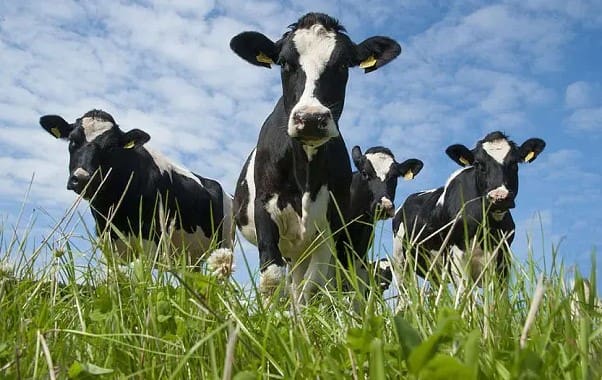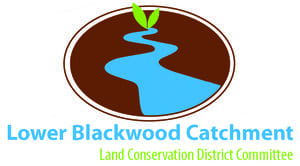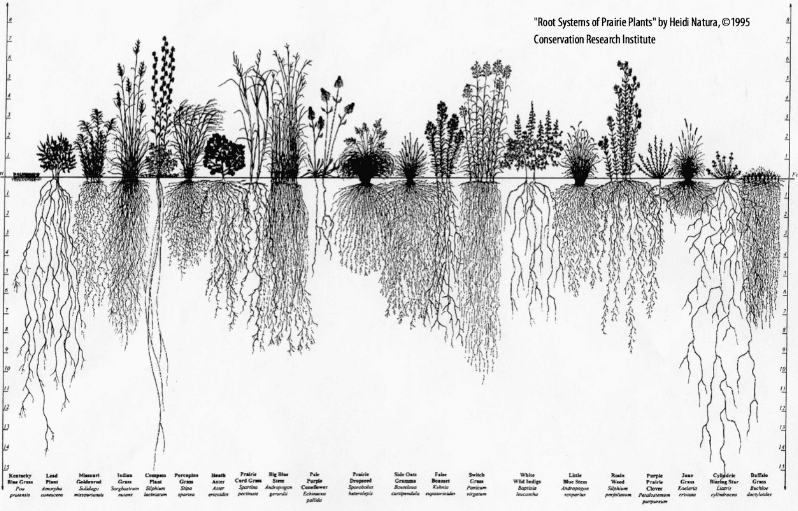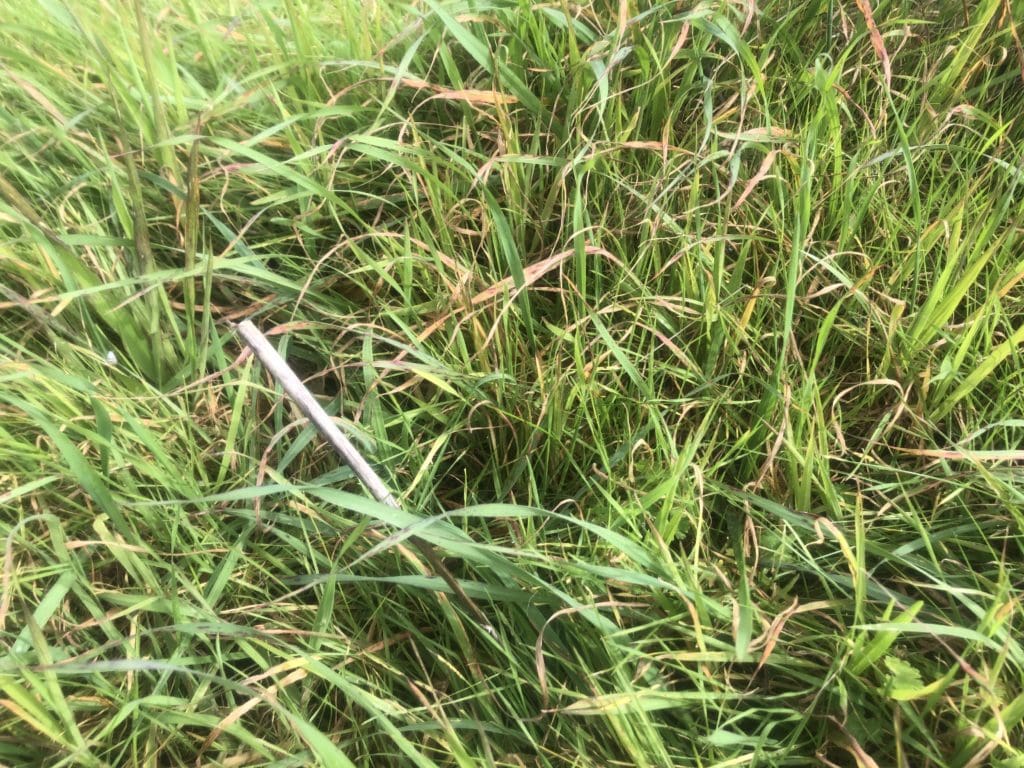Managing Grazing for Pasture, Soil and Animal Health

Herbivores co-evolved with mixed grassland and forb ecosystems to build some of the most fertile landscapes on our planet. While grazing animals are an integral part in such communities, it is the plants, along with their microbial associates, that ultimately underpin the health and productivity of living systems. One only has to think of the amount of life in a desert compared to a rich prairie. The implications of grazing animals, in an environment, are largely correlated to the effect they have on the plant community.
In order to grow herbivores, livestock farmers are essentially in the game of growing forage. We benefit when our management of animals fosters better plant growth, but animal management that compromises plant systems is detrimental, economically and environmentally. If we focus on using our livestock as a tool to enhance the development of diverse and robust plant communities, we will be rewarded with better forage, and animal production and health outcomes. Our ability to do so increases our capacity to run animals without damaging our resource base.
Enter the article to read about:
- Ecosystem Services Performed by Grazing Animals
- Environmental Risks Associated with Grazing Animals
- What’s Best for the Animals
- Grazing Strategies to Improve Animal, Soil and Pasture Health and Productivity
- Making a Case for High Intensity Grazing Management
- Regenerative Grazing: A Summary of Approaches from Three Australian Grazing Trainers

The article was written & collated by Mark Tupman from Productive Ecology and produced by Talkin’ After Hours to assist land managers in making informed decisions around grazing for Pasture, Soil and Animal Health.


The development of this article was funded through Soil Wise. Soil Wise is funded by the National Landcare Program Smart Farms Small Grants – an Australian Government initiative. It is supported by Healthy Estuaries WA – a State Government program.





Responses